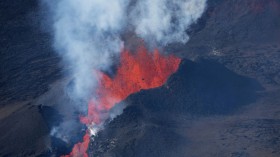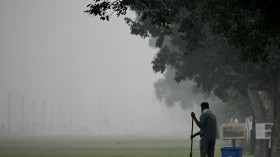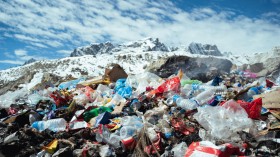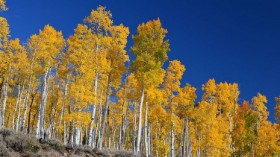In the aftermath of a storm, safe and uninterrupted road movement is critical so that individuals can seek medical treatment, downed power lines can be cleared, and towns can begin to return to normality.
Specialists at the FAMU-FSU College of Engineering's Resilient Infrastructure and Disaster Response (RIDER) Center are researching better methods for predicting where the most severe small debris will be after tropical cyclones.
Using remote sensing technology to determine hurricanes
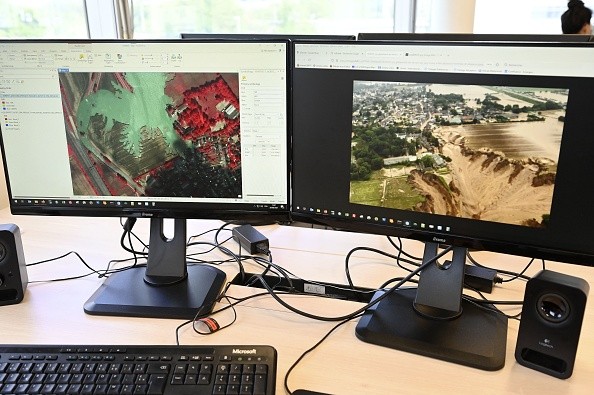 (Photo : FREDERICK FLORIN/AFP via Getty Images)
(Photo : FREDERICK FLORIN/AFP via Getty Images)

According to Eren Ozguven, RIDER Center director and senior author of the paper, this study is especially pertinent as tornado season approaches since it reminds us that we need a variety of instruments to appropriately respond to large storms.
This research offers a valuable tool and applies it to disasters in the Florida Panhandle, as per ScienceDaily.
Researchers compared the quantity of vegetation in the Bay Region, Florida, between two tropical storms and three hurricanes, especially Hurricane Michael, a Category 5 storm that ravaged the county in 2018.
This gave them an idea of how much vegetative debris was formed by the storms and where it was heaviest.
They were able to link trash data to variables including wind speed, beginning vegetation abundance, and highway density.
The researchers discovered that rubbish was heavier in suburban and urban regions with a greater density of people and roadways than in rural locations.
Although vegetation is not the sole sort of debris created by a hurricane, it is a good indicator of where roadways will be closed.
Researchers want to create a tool that would provide disaster management planners with an estimate of the debris storms that are likely to occur, allowing officials to plan where to deploy trucks and collect zones ahead of storms.
According to research co-author Tarek Abichou, a professor of environmental studies at the FAMU-FSU College of Engineering, the earlier you can clear debris off the roads, the faster you can go back to normal after a storm strikes.
Read more: IUCN Red List Is Incomplete: Remote Sensing Data Shows Hundreds More Species in Danger
What is remote sensing?
Remote sensing is the practice of detecting and identifying an area's physical features from a distance by measuring it's reflected and emitted radiation (typically from satellites or aircraft), as per USGS.
Remotely sensed photos are collected by special cameras, allowing researchers to "sense" facts about the Earth.
Some of them are:
Satellite and aircraft cameras capture photographs of broad portions of the Earth's surface, allowing us to view far more than we can from the ground.
Without needing to travel to the ocean's bottom, sonar technology onboard ships may be utilized to create photos of the ocean floor.
Satellite cameras may be used to capture photographs of temperature variations in the seas.
Specific uses of remote sensing are:
Massive forest fires may be tracked from space, giving rangers a far greater view than they would have from the ground.
Tracking clouds to help anticipate the weather, observing erupting volcanoes, and keeping an eye out for dust storms
Following the development of a city as well as changes in farmland or woods over several years or decades.
Discovery and charting of the ocean floor's severe terrain, such as massive mountain ranges, deep gorges, and "magnetic striping."
Related article: Scientists Linked a Powerful Volcanic Eruption in 2020 to Prolonged Thunderstorm
© 2024 NatureWorldNews.com All rights reserved. Do not reproduce without permission.
